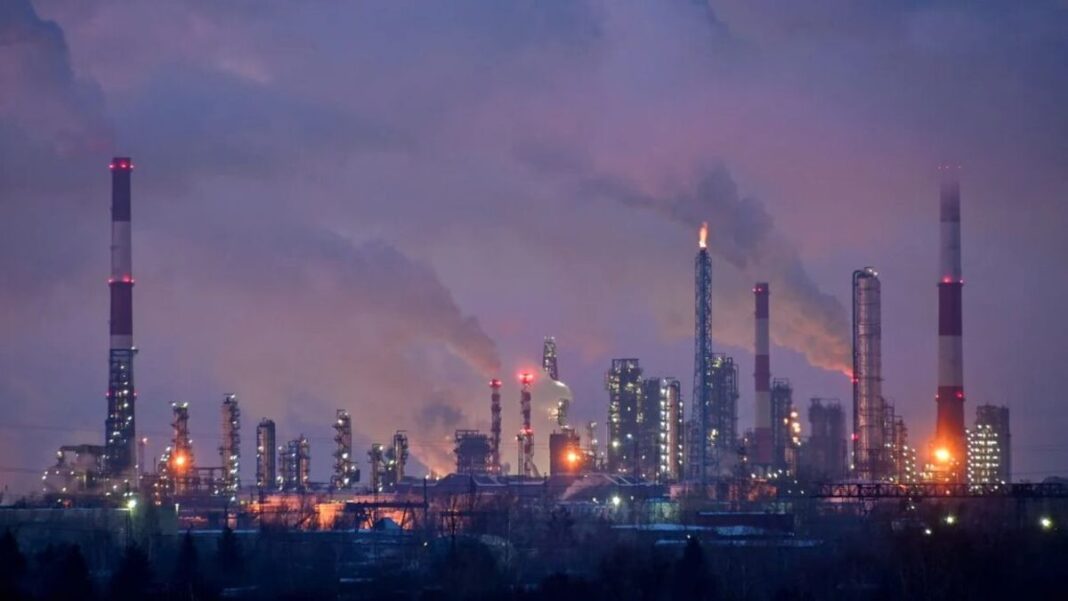Professor of immunology on an effective treatment for COVID-19 that health authorities ignored
If the authorities had heeded advice from those with the most profound knowledge of the mechanics of COVID-19, the pandemic could have been handled more adeptly, according to an immunologist, one of perhaps a few hundred in the world with the specific expertise. Instead, he said, his and others’ voices were silenced.
Shortly after news of the SARS-CoV-2 virus emerged in Wuhan, China, in early 2020, Vojtech Thon, professor of immunology at Masaryk University in the Czech Republic, examined tissue samples under a microscope. His goal wasn’t just to understand how the virus infects people but mainly to see the immune response dynamics that would protect a person. He focused on the mucosal system in the nose, mouth, and lungs—his area of expertise.
His findings were striking and ran counter to many of the public health reports heard worldwide.
He concluded that:
1) Early treatment was possible, available, and critical.
2) Pandemic mitigation measures were misused and, in many cases, counterproductive to fighting the disease.
3) Vaccines were rolled out improperly and presented to the public inaccurately. They couldn’t achieve sterilizing immunity, that is, elimination of the virus before it could multiply in the body.
Virtually all of this was known at the pandemic’s beginning or at least by late 2020. Yet his attempts to make his expertise available to authorities were largely shut down.
Early Treatment
The lung tissue damage Thon saw in severe COVID-19 cases resembled a disease he knew very well—obliterative bronchiolitis or “popcorn lung.”
The implications were far-reaching. As he further studied the disease’s mechanics, he realized that severe COVID-19 was primarily an immunological and vascular disease. As the virus binds to cells, it shuts down an enzyme that helps prevent oxidative stress in cells that make up the inner lining of blood vessels—endothelium. With the enzyme lacking, the oxidative stress damages the cells, which then causes inflammation—overstimulation of the immune system—which paradoxically causes further damage as the immune system tries to eliminate the damaged cells. In the end, blood in the vessels starts to clot, leading to heart attacks and strokes. In addition, inflamed lungs lose their ability to supply oxygen to the blood. Death follows.
By Petr Svab






